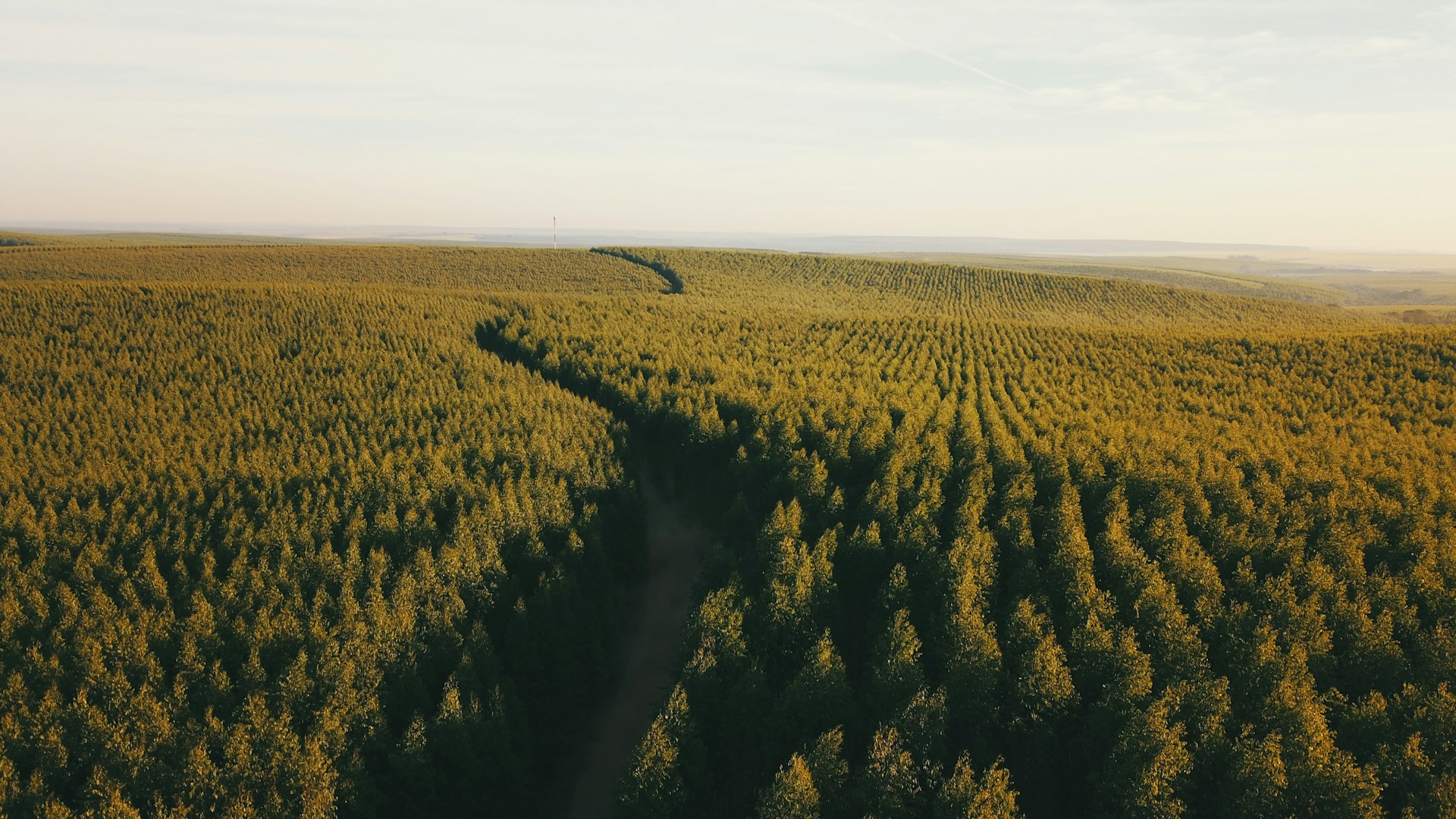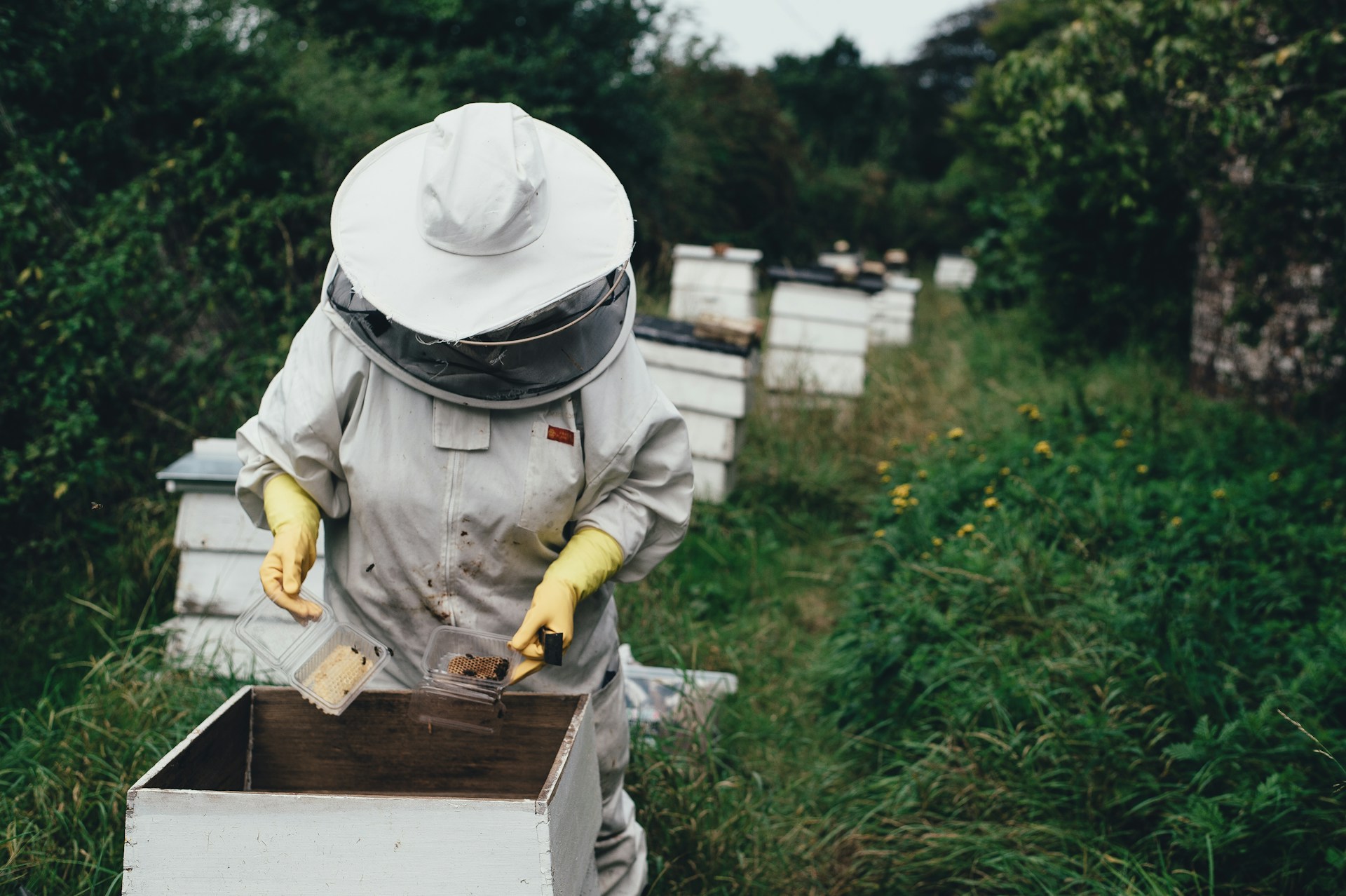Preparedness
Waffle House Tragedy: Teen Employee Fatally Shot

An 18-year-old employee tragically lost his life during a shooting at a Waffle House in Laurinburg, North Carolina, early Friday morning. The victim, Burlie Dawson Locklear, was at work when the incident occurred.
Laurinburg Police Captain Chris Young confirmed that a customer opened fire inside the restaurant. The incident took place around 12:45 a.m., according to WPDE. The suspect, described as a black male with light skin, long dreadlocks, and facial hair, became angry and verbally abusive while waiting for his food.
After receiving his meal, the suspect reportedly went to his vehicle. However, he then turned back and fired two shots toward the restaurant, fatally wounding Locklear.
The suspect fled the scene in a dark grey Chevrolet, possibly a 2014 model, as reported by ABC 11. Locklear was rushed to Scotland Memorial Hospital but unfortunately succumbed to his injuries. This marks the second shooting at this Waffle House location within the past year.
Incidents like these are not isolated to Laurinburg. Waffle Houses across the country have experienced similar violent events. In 2020, a man shot a Waffle House cook after being asked to wear a mask. In another instance, a gunman shot a customer who had been handing out $20 bills to other patrons.
Local Pastor Michael Edds, who resides near the Laurinburg Waffle House, expressed his frustration over the increasing violence.
“We have this young man trying to make a living, and some thug shoots him and kills him. We’ve got to be more reactive,” Edds told ABC 11.
Edds emphasized the need for increased police patrols around businesses, particularly at night. He called for proactive measures to ensure the safety of community members and workers alike.
Watch a local news report about the incident below:
Let us know what you think, please share your thoughts in the comments below.

Preparedness
Unlock Homesteading Success: Navigate Complex Laws and Thrive

For those yearning for a self-sufficient lifestyle, homesteading offers a promising path. Yet, the feasibility of this dream is largely dictated by the laws and regulations that govern the area you choose to settle in. While every state in the U.S. permits homesteading, the welcoming nature of each state varies, and it’s crucial to delve into the specifics at the local level.
A fundamental aspect of homesteading is understanding its historical context. As noted by The History Channel, the 1862 Homestead Act played a pivotal role in the settlement of the U.S. western territory, allowing Americans to claim up to 160 acres of federal land. This act required a commitment to live on the land for five years, build a home, farm, and make improvements. Though repealed in 1976, the spirit of homesteading endures, with modern laws in place to safeguard the rights of those pursuing this lifestyle.
Homesteading today encompasses a wide range of practices, from rural self-sufficiency to urban sustainability. The type of homestead you can establish is largely dictated by “the laws of the land.” This includes state-level protections like the Declaration of Homestead, which Mother Earth News describes as a legal document that can shield your property from creditors during financial hardships. These protections vary by state, with some offering more comprehensive coverage than others.
For instance, in Indiana, individuals can claim up to $10,000 of their property as a homestead, with no cap on the size, thus offering robust protection from creditors. This highlights the importance of choosing a state that aligns with your homesteading aspirations.
Beyond state laws, local regulations can significantly impact your homesteading efforts. Deed restrictions may limit what you can do on your property, such as prohibiting fences or certain types of livestock. Zoning regulations often restrict residential properties from being used for commercial purposes, which can affect your ability to sell homemade goods.
Building codes are another layer of regulation to consider. As GOKCE Capital points out, even in areas without HOA or zoning restrictions, local building codes may dictate the materials and methods you can use, potentially complicating plans for unconventional structures like straw bale homes.
Access rights, such as easements for utilities, must also be respected, as they may limit where you can build on your property. Livestock regulations vary widely, with different rules at the state, county, and city levels. While one area may permit chickens, another might have strict ordinances against them.
The sale of homemade goods is subject to cottage food laws, which differ by state. Countryside mentions that these laws often restrict certain foods and set limits on sales, such as South Dakota’s $5,000 annual cap. Additionally, some states, like Wisconsin, allow the sale of jellies but not baked goods.
Wildlife protection laws can also pose challenges for homesteaders, as animals like deer and raccoons may feast on your crops. Furthermore, some areas have laws against front-yard edible gardens, so it’s essential to verify local ordinances before planting.
Beekeeping is a popular homesteading activity, even in urban areas, but it is subject to strict regulations regarding the number of hives allowed. Similarly, rainwater harvesting laws vary, with Texas offering tax incentives, while Colorado prohibits the practice.
In summary, aspiring homesteaders must navigate a complex web of laws and restrictions at multiple levels of government. Thorough research and understanding of these regulations are vital to successfully establishing and maintaining a homestead.
Let us know what you think, please share your thoughts in the comments below.
Preparedness
Start Your Beekeeping Adventure: Sweet Rewards Await

Beehives are becoming increasingly popular, appearing everywhere from urban rooftops to suburban backyards. If you’re considering joining the ranks of beekeepers, you’re in for a rewarding adventure that benefits both you and the environment.
Honey bees play a crucial role in our ecosystem. According to the U.S. Department of Agriculture, “Pollinators, most often honey bees, are responsible for one in every three bites of food we take, and increase our nation’s crop values each year by more than $15 billion.” Unfortunately, honey bee populations have been declining for over three decades. By starting your own beehive, you’re contributing to the preservation of these vital pollinators and helping secure our food sources.
Beyond the environmental impact, beekeeping offers personal rewards. You’ll enjoy the satisfaction of watching your hive thrive and the sweet reward of fresh honey. Plus, your garden will flourish with enhanced pollination.
However, before diving in, it’s essential to understand the commitment involved. Initially, beekeeping requires significant time investment, particularly in the first few weeks. “A high percentage of beginning beekeepers quit after a year or two,” warns Beekeeping for Newbies, citing unexpected costs and challenges as common reasons for early dropout. To avoid this, thorough research and preparation are crucial.
Before purchasing equipment, verify that beekeeping is permitted in your area. Local regulations may limit the number of hives or even prohibit beekeeping altogether. Additionally, check with your Homeowners Association if applicable. Once cleared, consider registering your hives with the Department of Agriculture or the Department of Natural Resources to gain access to valuable resources and advice.
Education is key to successful beekeeping. Enroll in a beekeeping class, seek mentorship from an experienced beekeeper, and join a local beekeeper’s association to enhance your knowledge and skills. Although there is an initial financial investment, the equipment you purchase will serve you for years, making it a worthwhile endeavor.
To start, you’ll need some basic equipment: a Langstroth hive, protective gear like a veil and gloves or a full bee suit, a smoker to calm the bees, a hive tool, and a bee brush. Selecting the right location for your hive is also crucial. Bees require sunlight, access to fresh water, protection from wind, and privacy from high-traffic areas. Avoid areas treated with pesticides, as these can be lethal to bees. “Pesticides on flowers are a major cause of death for honey bees,” warns Almanac.
Prepare your hive site by clearing and leveling the ground, and consider using mulch or gravel for ground cover. Elevate your hives on a stand to protect them from pests and facilitate inspections. You can construct a stand using materials like wood or concrete blocks, with various DIY plans available online.
With your equipment and site ready, it’s time to introduce your bees. You have options when purchasing bees: a package or a nucleus colony (nuc). A nuc is more advanced, containing an active queen and frames of comb, and is recommended for quicker hive establishment. “The most common route is called a package,” notes Country Living, but a nuc is “about six weeks ahead” in development.
For the best results, source bees locally through a beekeeper’s association or state university. On the day of introduction, ensure the queen is healthy before placing the bees in the hive. If using a package, introduce the queen first, followed by the worker bees. Allow the bees a few days to acclimate to their new home.
To support your bees in their new environment, provide a sugar-water solution for sustenance. Sunset suggests, “Dissolve equal parts granulated sugar and water and use to fill the quart jars. Top with the feeder lids and invert the jars into the holes.”
Congratulations! With your bees settled and thriving, you’ve officially embarked on your beekeeping journey, contributing to the environment and enjoying the sweet rewards of your labor.
Let us know what you think, please share your thoughts in the comments below.
Preparedness
Unlock Endless Water Supply with Grey Water Secrets

Have you ever paused to consider the fate of the water that flows down your home’s drains? From waiting for the shower to reach the perfect temperature to straining pasta or leaving half-empty water bottles, we often let valuable water slip away without a second thought. This isn’t an uncommon oversight, as our plumbing systems are designed to whisk away excess water, leading us to believe it’s no longer useful.
However, in areas facing droughts or for those keen on reducing water bills and conserving resources, reusing this water, known as grey water, presents a viable solution. Understanding the different types of water—white, grey, and black—is crucial in this endeavor. White water is clean, entering our homes from taps, while black water, like toilet water, is heavily contaminated. Grey water, which is not entirely clean but not toxic, can be repurposed for various non-consumptive uses.
Grey water is typically sourced from showers, sinks, and washing machines. Although it contains residues from washing, bathing, and cooking, it remains unusable for drinking but can be a boon for other applications. For instance, while it’s unsuitable for vegetable gardens due to contamination risks, it can nourish fruit and nut trees, as they are less likely to come into direct contact with the contaminated water.
“Take care to prevent grey water from coming into contact with any fruits and vegetables due to the contamination risk (especially if the produce may be consumed raw),” advises How Stuff Works. Additionally, it’s crucial to avoid storing grey water for more than 24 hours, as it will start to degrade and produce unpleasant odors.
The Water Wise Group warns, “Ensure that greywater soaks into the ground. Try not to allow it to pool up or run off. […] Stagnant greywater can create mosquito breeding grounds, as well as an area for potential human contact with greywater.” Therefore, proper management and application are key to effective grey water reuse.
Before embarking on a grey water collection journey, it’s important to be aware of local regulations. The EPA notes, “EPA does not require or restrict any type of reuse. Generally, states maintain primary regulatory authority (i.e., primacy) in allocating and developing water resources.” This means regulations can vary widely, so checking with local authorities is a prudent first step.
Collecting grey water can be as straightforward or complex as desired. Simple methods include placing a bucket in the shower to catch unused water or collecting ice cubes to water plants. Cooking water, such as that from rinsing vegetables or pasta, can also be saved and reused.
Aquarium water, rich in nutrients like nitrogen and phosphorous, can be repurposed for landscaping, though it’s important to avoid using saltwater aquarium water due to its high salt content. “Aquarium water is very good for plants because it contains materials such as nitrogen, phosphorous, potassium and ammonium and other microorganisms found in soil sediments, which can act as a natural fertilizer,” explains Conserve Energy Future.
For those interested in more structured systems, rain barrels can collect roof runoff, and grey water collection systems can be installed to divert water from showers and washing machines for irrigation. If you’re considering an indoor system, consulting a plumber is advisable, while outdoor systems might benefit from a landscaper’s expertise.
With a water filtering system, grey water can be further utilized, even for activities like laundry. DIY enthusiasts can find numerous instructional videos online to guide the construction of a grey water collection system. The Tiny Life provides a basic outline: identify drain points, plan drainage routes, ensure proper elevation, and install valves and pipes accordingly.
Whether opting for a simple bucket or a comprehensive system, reusing grey water offers an effective way to conserve water and contribute to environmental sustainability.
Let us know what you think, please share your thoughts in the comments below.
-

 Tactical12 months ago
Tactical12 months ago70-Year-Old Fends Off Intruder with Lead-Powered Message
-

 Tactical12 months ago
Tactical12 months agoVape Shop Employee Confronts Armed Crooks, Sends Them Running
-

 Preparedness8 months ago
Preparedness8 months agoEx-Ballerina’s Guilty Verdict Sends Tremors Through Gun-Owner Community
-

 Preparedness7 months ago
Preparedness7 months agoGood Samaritan Saves Trooper in Harrowing Interstate Confrontation
-

 Tactical12 months ago
Tactical12 months agoMidnight SUV Theft Interrupted by Armed Homeowner’s Retaliation
-

 Survival Stories2 years ago
Survival Stories2 years agoEmily’s 30-Day Experience of Being Stranded on a Desert Island
-

 Preparedness7 months ago
Preparedness7 months agoArizona Engineer’s Headless Body Found in Desert: Friend Charged
-

 Preparedness7 months ago
Preparedness7 months agoBoy Saves Dad from Bear Attack with One Perfect Shot
Old Man
September 24, 2024 at 11:16 am
“The suspect, described as a black male” No surprise here.
Don
September 24, 2024 at 12:11 pm
To many men have no valve for life especially young black men.
Roland
September 24, 2024 at 12:46 pm
The comment in the article wants more protection. The only things needed is more severe punishment including mandatory death penalty for killing someone while committing a crime. Punishment should be administered immediately. And Definitely No Plea Bargaining when you kill someone while you are committing a crime.